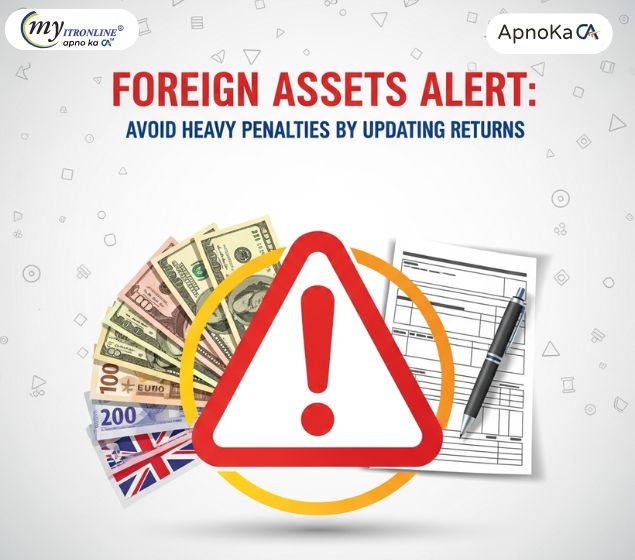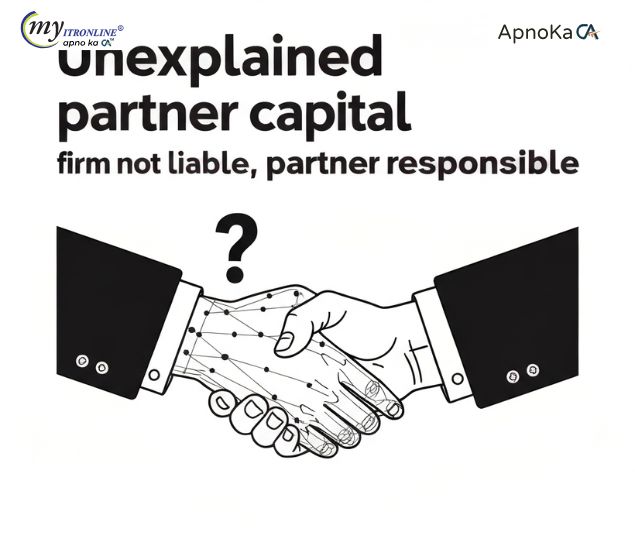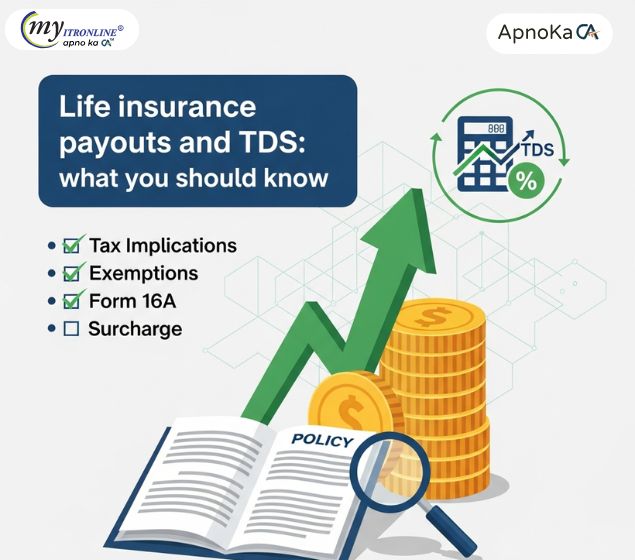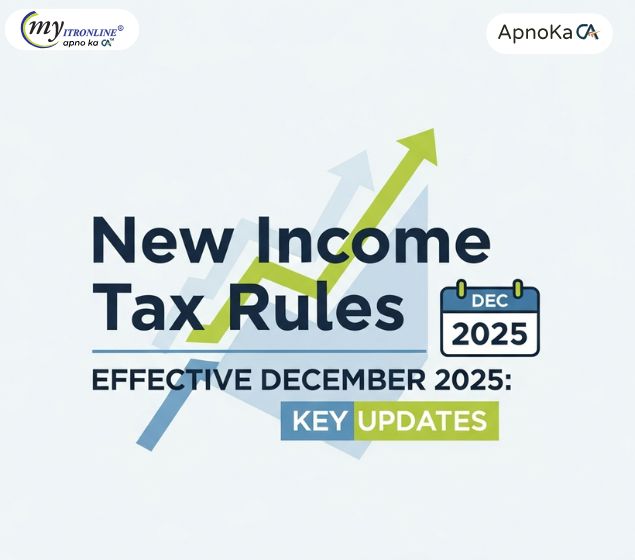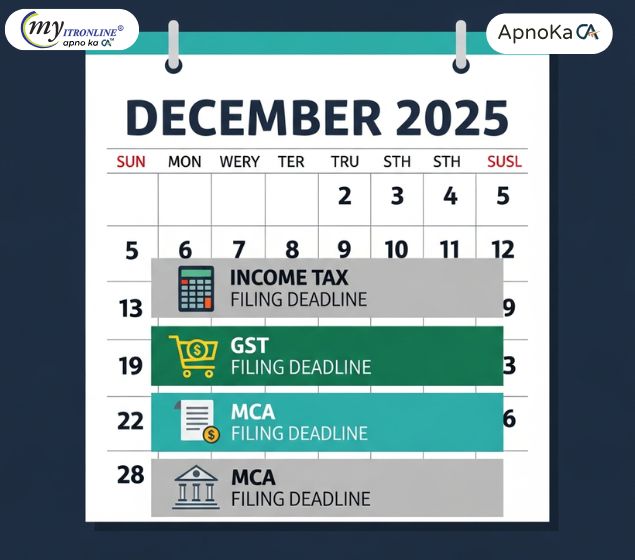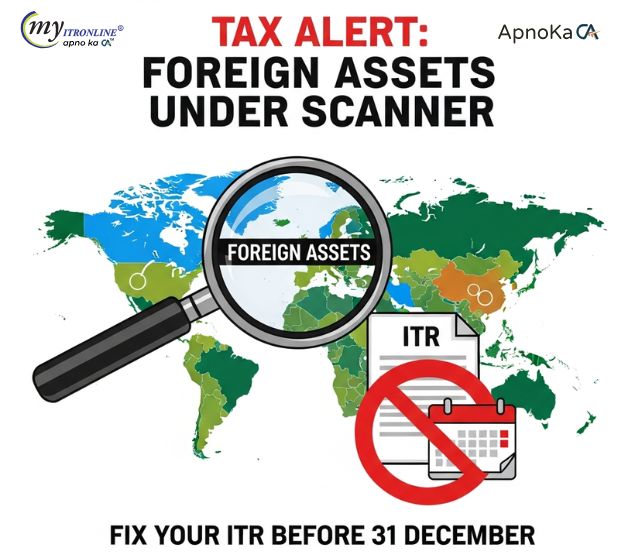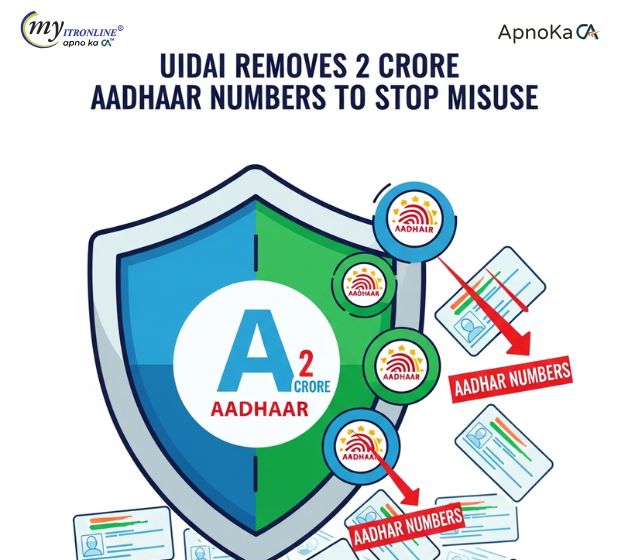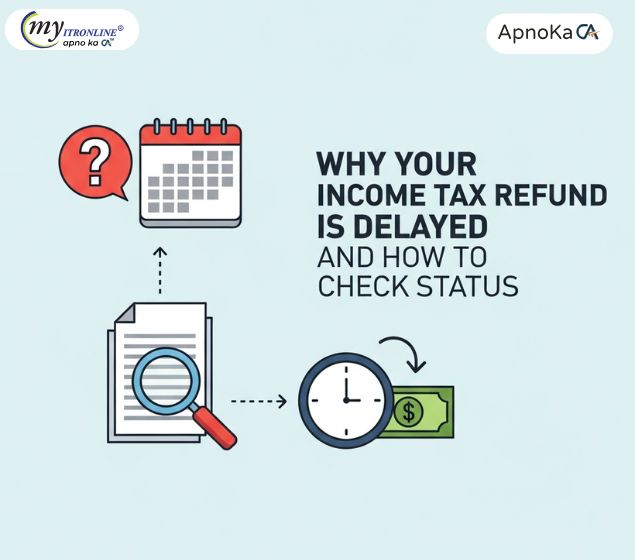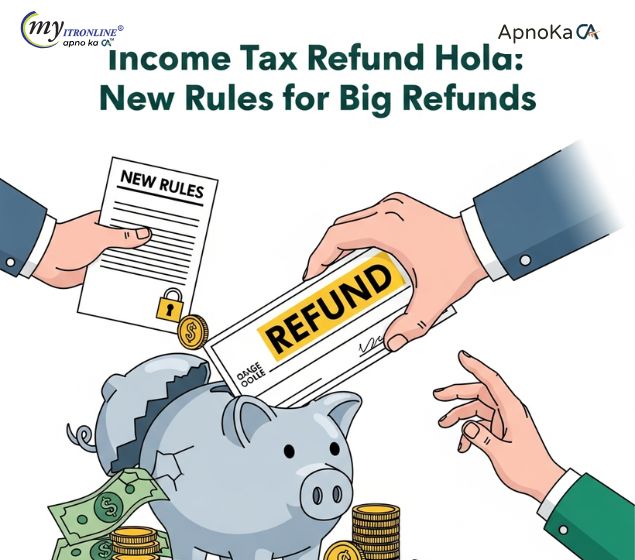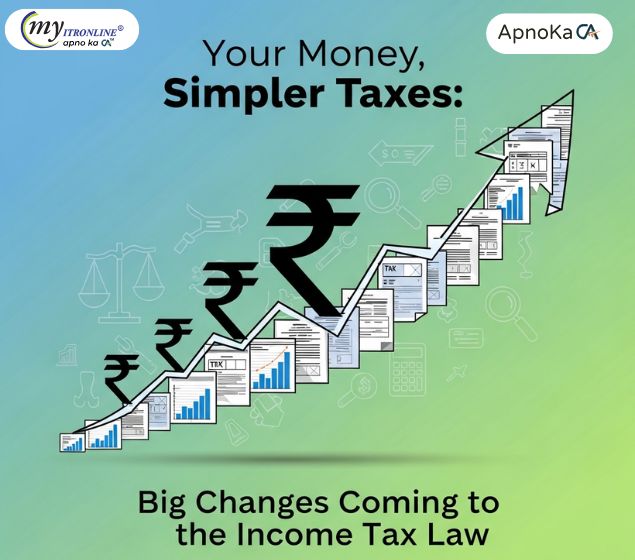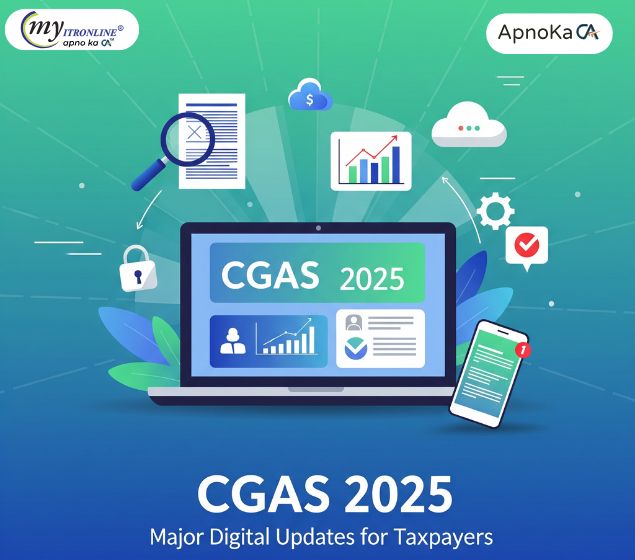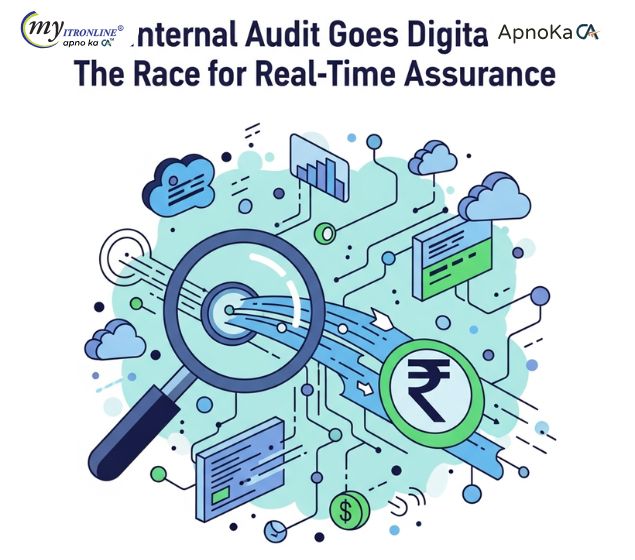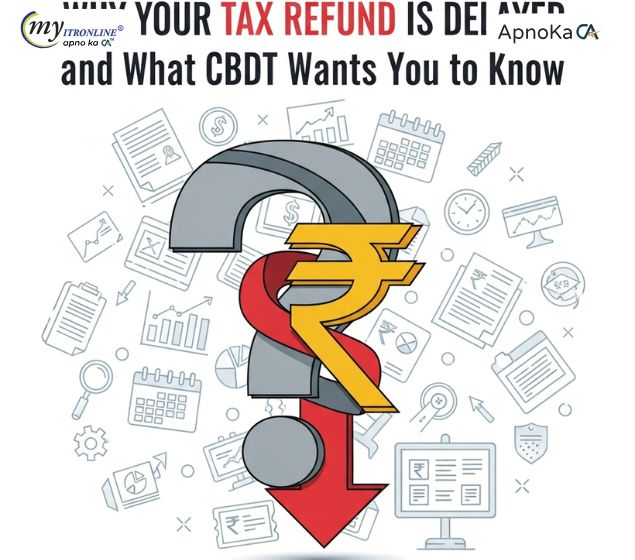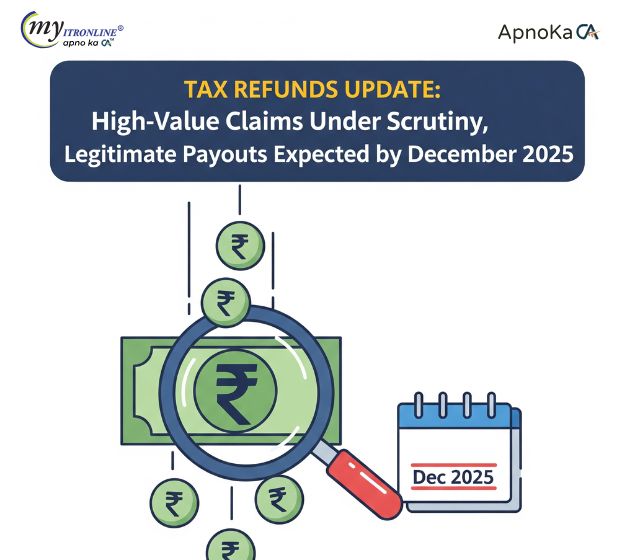Old vs. New Tax Regime: A Detailed Comparison for FY 2025-26
The Indian tax system offers two regimes—old and new—each with distinct slab rates, deductions, and exemptions. This blog compares both regimes, using examples to help you decide which one suits you best for FY 2025-26. Learn how to minimize your tax liability based on your income and investments.
.jpg )
Introduction
The Indian tax system offers two regimes for individuals to choose from—the old tax regime and the new tax regime. Both have distinct features, including different tax rates, exemptions, deductions, and rebates. This blog compares both regimes to help you decide which one suits you best for FY 2025-26.
Old Tax Regime (Existing Tax Regime)
The old tax regime is the existing tax system in India, which has been in place for many years. Individuals could reduce their taxable income by claiming various deductions, exemptions, and rebates.
Slab Rates:
- 0 - ₹2,50,000: NIL
- ₹2,50,001 - ₹5,00,000: 5%
- ₹5,00,001 - ₹10,00,000: 20%
- Above ₹10,00,000: 30%
Advantages:
- More Exemptions and Deductions: Taxpayers can avail themselves of a variety of exemptions and deductions like 80C, 80D, which help lower their taxable income.
- Flexibility: Taxpayers have the flexibility to choose from a variety of tax-saving instruments like Public Provident Fund (PPF), National Savings Certificates (NSC), Employees Provident Fund (EPF).
Disadvantages:
- Complexity: The old tax regime offers various exemptions and deductions, but it can also make tax filing more complicated.
- Tax Evasion: Opportunities for tax evasion through misclaiming exemptions and deductions.
New Tax Regime
The new tax regime is an alternative tax system introduced by the government, aiming to simplify the tax structure.
Slab Rates:
- 0 - ₹4,00,000: NIL
- ₹4,00,001 - ₹8,00,000: 5%
- ₹8,00,001 - ₹12,00,000: 10%
- ₹12,00,001 - ₹16,00,000: 15%
- ₹16,00,001 - ₹20,00,000: 20%
- ₹20,00,001 - ₹24,00,000: 25%
- Above ₹24,00,000: 30%
Advantages:
- Simplification: The new tax regime offers a simpler approach to tax filing compared to the old system, with fewer exemptions and deductions available.
- Lower Tax Rates: Instead of the traditional higher tax rates applied to income over ₹5 lakh in the old regime, the new tax regime offers reduced rates across different slabs, reducing tax liability.
Disadvantages:
- Loss of Exemptions and Deductions: Taxpayers who previously claimed exemptions and deductions may lose these benefits.
- Limited Tax Saving Opportunities: Without deductions such as 80C or 80D, individuals have fewer opportunities to save on taxes by making investments or spending on eligible expenses.
Example 1: Ravi’s Case (Income Below ₹12 Lakh)
Let’s say Ravi, a middle-class salaried individual, is deciding between the old tax regime and the new tax regime. Ravi is unsure whether he should opt for the Old Tax Regime or switch to the New Tax Regime. Let’s see both situations.
Income Details:
- Income from Salary = ₹10,00,000
- Income from Other Sources = ₹5,000
- Income from Capital Gain = ₹2,00,000
Calculate: (According to Old Tax Regime)
- Income from Salary = Basic Salary + HRA + Other Allowances = ₹4,00,000 + ₹3,00,000 + ₹3,00,000 = ₹10,00,000
- Income from Other Sources = ₹8,500 (Interest from Savings Bank)
- Income from Capital Gain = ₹2,00,000
- Total Income = ₹12,08,500
- Exempt Allowances (HRA) = ₹3,00,000
- Deduction U/S 80:
- 80D = ₹25,000
- 80 TTA = ₹8,500
- Standard Deduction = ₹50,000
- Total Deduction = ₹83,500
- Net Income = ₹12,08,500 - ₹3,00,000 - ₹83,500 = ₹8,25,000
- Tax Payable:
- ₹2,50,001 - ₹5,00,000 = 5% = ₹12,500
- ₹5,00,001 - ₹8,25,000 = 20% = ₹65,000
- Total Tax Amount = ₹77,500
- Health and Education Cess = 4% = ₹3,100
- Total Tax Payable = ₹80,600
Calculate: (According to New Tax Regime)
- Income from Salary = ₹10,00,000
- Income from Other Sources = ₹5,000
- Income from Capital Gain = ₹2,00,000
- Total Income = ₹12,08,500
- Standard Deduction = ₹75,000
- Total Deduction = ₹75,000
- Net Income = ₹12,08,500 - ₹75,000 = ₹11,33,500
- Since the net income is less than ₹12,00,000, no tax is payable.
Conclusion:
In summary, the Old Tax Regime leads to a considerably higher tax burden (₹80,600) in comparison to the New Tax Regime. As a result, Ravi should choose the New Tax Regime to minimize their tax liability.
Example 2: High-Income Individual (Income Above ₹12 Lakh)
Let's consider another example where an individual earns income from different sources, and we'll calculate their tax under both the old and new tax regimes to determine which one benefits them the most.
Income Details:
- Income from Salary = ₹20,00,000
- Income from Other Sources = ₹1,00,000
- Income from Capital Gains = ₹1,50,000
- Income from Business Incomes = ₹2,00,000
Calculate: (According to Old Tax Regime)
- Income from Salary = ₹20,00,000
- Income from Other Sources = ₹1,00,000
- Income from Capital Gains = ₹1,50,000 (Short Term)
- Income from Business = ₹2,00,000
- Total Income = ₹23,00,000
- Exempt Allowances (HRA) = ₹4,00,000
- Deduction U/S 80:
- 80C = ₹1,50,000
- 80CCD = ₹50,000
- 80D = ₹75,000
- 80E = ₹2,00,000
- 80 TTA = ₹10,000
- Standard Deduction = ₹50,000
- Total Deduction = ₹5,35,000
- Net Income = ₹23,00,000 - ₹4,00,000 - ₹5,35,000 = ₹13,65,000
- Tax Payable:
- ₹2,50,000 - ₹5,00,000 = 5% = ₹12,500
- ₹5,00,000 - ₹10,00,000 = 20% = ₹1,00,000
- ₹10,00,000 - ₹13,65,000 = 30% = ₹1,09,500
- Tax on Short Term Capital Gain = ₹1,50,000 * 20% = ₹30,000
- Total Tax Amount = ₹2,52,000
- Health and Education Cess = 4% = ₹10,080
- Total Tax Payable = ₹2,62,080
Calculate: (According to New Tax Regime)
- Total Income = ₹23,00,000
- Income from Capital Gains = ₹1,50,000 (Short Term)
- Standard Deduction = ₹75,000
- Total Deduction = ₹75,000
- Net Income = ₹23,00,000 - ₹75,000 = ₹22,25,000
- Tax Payable:
- ₹4,00,000 - ₹8,00,000 = 5% = ₹20,000
- ₹8,00,000 - ₹12,00,000 = 10% = ₹40,000
- ₹12,00,000 - ₹16,00,000 = 15% = ₹60,000
- ₹16,00,000 - ₹20,00,000 = 20% = ₹80,000
- ₹20,00,000 - ₹22,25,000 = 25% = ₹56,250
- Tax on Short Term Capital Gain = ₹1,50,000 * 20% = ₹30,000
- Total Tax Amount = ₹2,86,250
- Health and Education Cess = 4% = ₹11,450
- Total Tax Payable = ₹2,97,700
Conclusion:
In this case, the Old Tax Regime results in a significantly lower tax payable (₹2,62,080) compared to the New Tax Regime (₹2,97,700). Therefore, the Old Tax Regime is the better option for the individual, as it results in much lower taxes.
Final Conclusion
We checked both examples and found that if a person’s income is less than ₹12 lakh, the new tax regime is best for them. For higher-income individuals (above ₹12 lakh), the old tax regime is better. Before choosing the right option, check your income and investment plans to determine which tax regime will offer you the best savings based on your situation.
Written by Sushmita, Accountant
FILING YOUR INCOME TAX RETURN F.Y 2024-25 (A.Y. 2025-2026) WITH MYITRONLINE
The income tax filing deadline is right around the corner. If you haven’t filed yet, do it today with Myitronline! Avoid last minute rush and file your tax return today on MYITRONLINE in Just 5 mins.(www.myitronline.com)
If you are looking for eCA assistance to file your income tax return/ GST, you can opt for MYITRONLINE eCA assisted plan starting
Upload Salary Individual Form-16
If you have any questions with filing your tax return, please reply to this mail. info@myitronline.com OR call 9971055886,8130309886.
Note-All the aforementioned information in the article is taken from authentic resources and has been published after moderation. Any change in the information other than fact must be believed as a human error. For queries mail us at marketing@myitronline.com
Krishna Gopal Varshney
An editor at apnokacaKrishna Gopal Varshney, Founder & CEO of Myitronline Global Services Private Limited at Delhi. A dedicated and tireless Expert Service Provider for the clients seeking tax filing assistance and all other essential requirements associated with Business/Professional establishment. Connect to us and let us give the Best Support to make you a Success. Visit our website for latest Business News and IT Updates.
Leave a reply
Your email address will not be published. Required fields are marked *Share this article
Krishna Gopal Varshney, Founder & CEO of Myitronline Global Services Private Limited at Delhi. A dedicated and tireless Expert Service Provider for the clients seeking tax filing assistance and all other essential requirements associated with Business/Professional establishment. Connect to us and let us give the Best Support to make you a Success. Visit our website for latest Business News and IT Updates.
View articles








